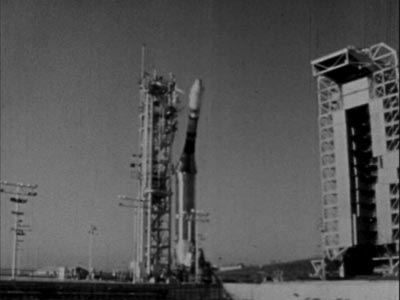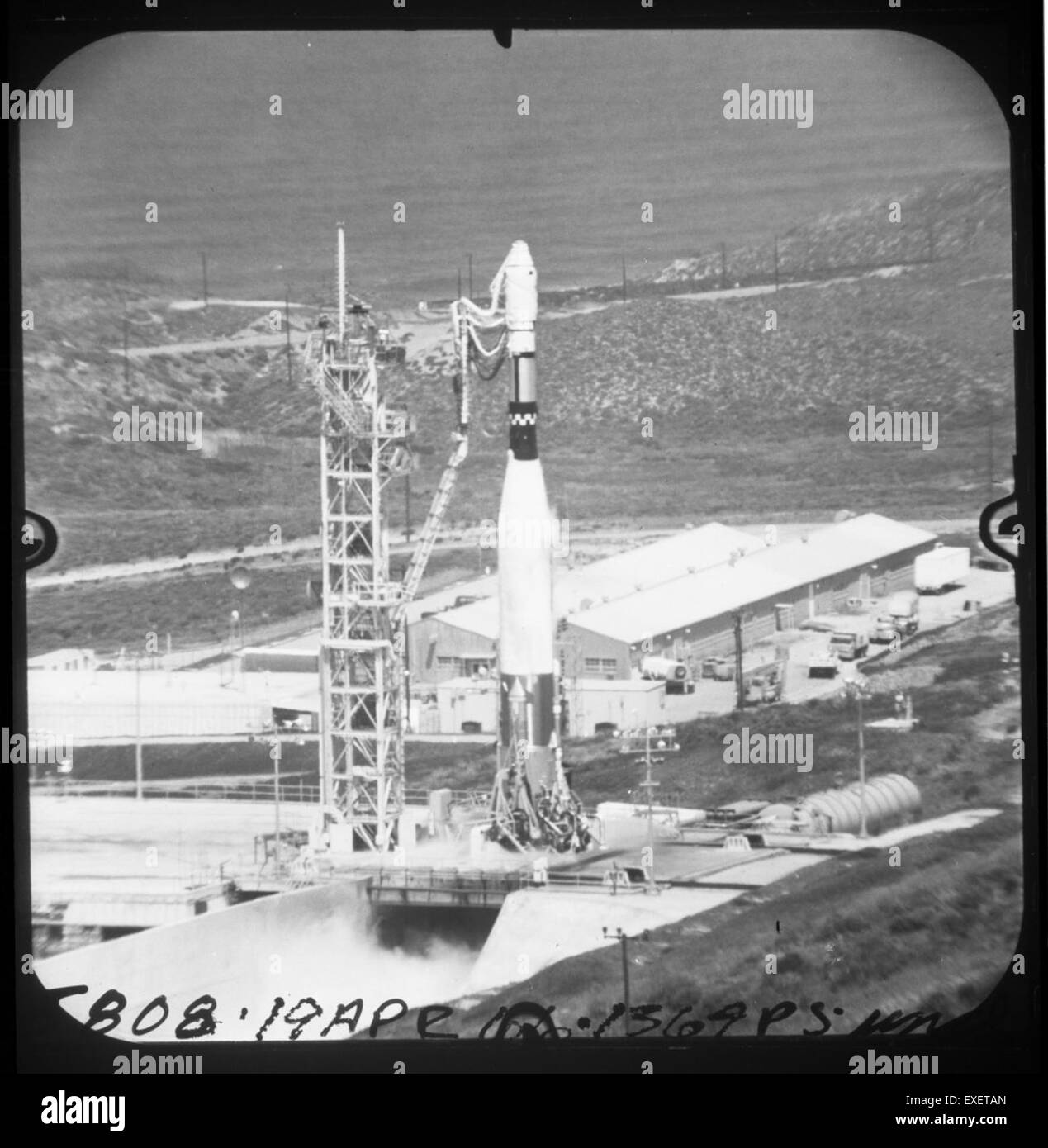
In all, 365 Agena vehicles were launched by NASA and the US Air Force. The final launch was of an Agena D on February 12, 1987, configured as the upper stage of a Titan 34B.

This followed Lockheed's tradition of naming products for stellar phenomena. The Agena name was suggested by the Department of Defense's Advanced Research Projects Agency for the star Beta Centauri, also known as Agena, because this upper stage would "ignite in the sky". The Agena was upgraded twice from the original Agena A in order to support heavier and more sophisticated satellites, such as Corona spacecraft with multiple and more powerful cameras. On missions where the payload was not built into the Agena, and instead separated after launch, the Agena was known as an Ascent Agena. Payload components were usually located ahead of the Agena's standard bulkhead.

On some missions, the payload was built directly into the Agena, which provided it with electric power, communications and three-axis stabilization. Only 33 Agenas carried NASA payloads and the vast majority were for DoD programs. A total of 365 Agena rockets were launched between Febru and February 1987.

It was used as an upper stage on the Atlas, Thor, Thorad and Titan IIIB rockets, and considered for others including the Space Shuttle and Atlas V. Following the split-up of WS-117L into SAMOS and Corona for image intelligence, and MIDAS for early warning, the Agena was later used as an upper stage, and an integrated component, for several programs, including Corona reconnaissance satellites and the Agena Target Vehicle used to demonstrate rendezvous and docking during Project Gemini. The RM-81 Agena (ədʒiːnə) was an American rocket upper stage and satellite bus which was developed by Lockheed Corporation initially for the canceled WS-117L reconnaissance satellite program.


 0 kommentar(er)
0 kommentar(er)
